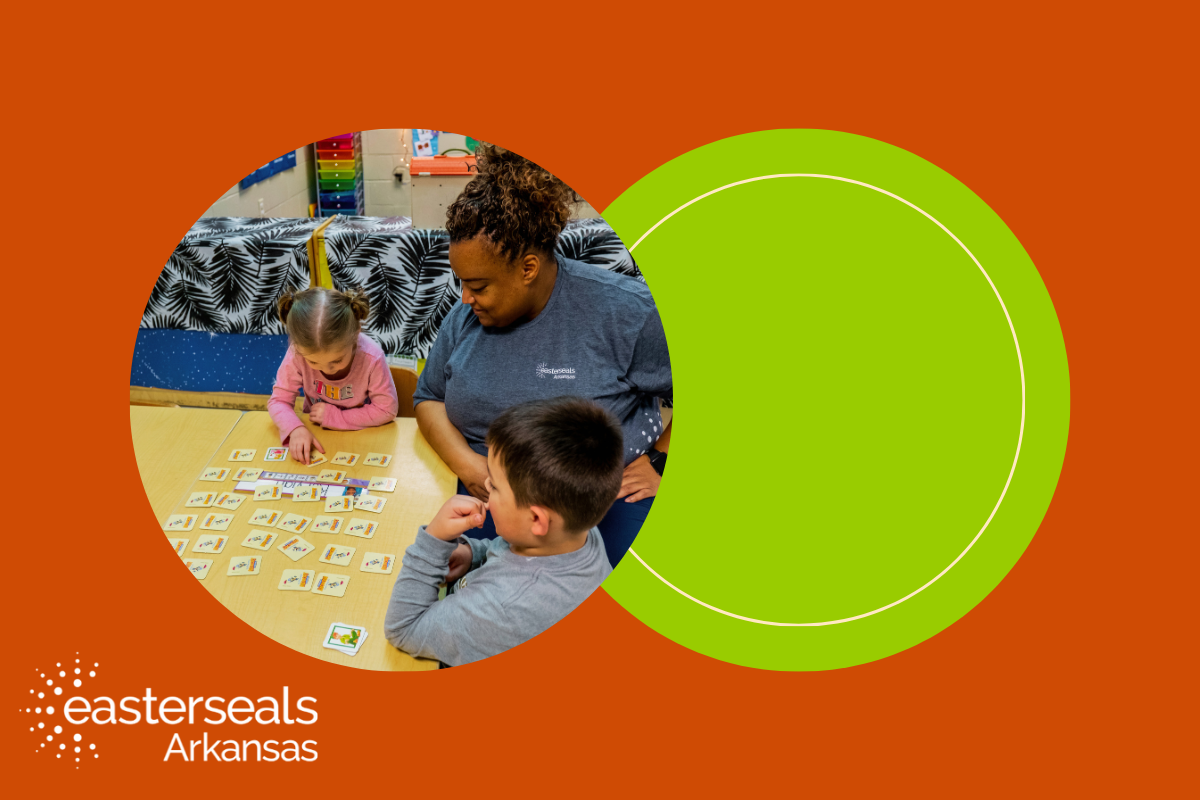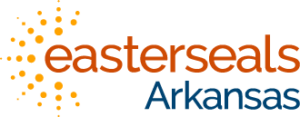
Wondering if speech therapy truly works for individuals with Down syndrome, no matter their age? The answer may surprise you—it’s never too late or too early! Speech therapy can make a huge impact on communication skills across all stages of life. This article explores the best techniques for children and adults offering tips on achieving milestones, and discusses how to access the right services. Let’s dive in!
Key Takeaways:
- Speech therapy techniques for Down syndrome include oral-motor exercises, play-based activities, sign language, reading activities, and singing.
- Down syndrome impacts language development due to hearing loss, low muscle tone, and working memory issues.
- Technology, such as speech therapy apps and online tools, aids progress with interactive speech exercises.
- Quality speech therapy services can be found through recommendations, insurance coverage, and augmentative and alternative communication (AAC) tools.

What are the Main Speech Therapy Techniques for Down Syndrome?
Speech therapy for Down syndrome uses many techniques to help with communication and clarity. Each exercise is designed to suit the unique needs of the individual.
Key exercises involve strengthening the muscles used for speech. Oral-motor exercises, like blowing bubbles or using straws, help improve control of the mouth and tongue. These muscles often need extra support due to low muscle tone in children with Down syndrome. When these muscles are stronger, kids can speak more clearly.
Getting a child to interact is also important, so therapists use play-based activities. Turn-taking games with toys, or responding to a parent's voice, can help a child practice important communication skills. Making therapy fun and interactive is a key part of successful learning.
Sign Language
Another vital tool is sign language. Some children benefit from working on signing words along with saying them out loud. It’s not always about replacing speech but about supporting the early learning of language. Signing helps when speech is hard to form and gives children with Down syndrome a way to express themselves as their speech develops.
Reading Activities
Reading activities are also very important to speech therapy. Many kids with Down syndrome enjoy looking at books and hearing stories. Parents can work with their child throughout early childhood using books filled with simple words and pictures. The repeated exposure to words helps link what children hear with what the words mean, while also aiding with memory.
Interaction
For older kids, speech therapists often focus on building vocabulary through interaction. Conversation-based practice helps them learn how to form sentences, listen to others, and respond. Repetition helps boost confidence and improves grammar along the way.
Music
Using music helps many children speak more clearly. Singing familiar songs with hand gestures is a great way to match sounds with actions. Songs can also make it fun for the child to engage in speech work, which helps them to learn without even realizing it.
Flexibility
For each child, speech therapy must be flexible. Therapists change their techniques based on what is working right now for the child. Furthermore, each child’s strengths and challenges are what guide the plan. Throughout these exercises, parents play the role of partners, letting them continue the work at home after therapy sessions end.
How Can Parents Ensure Their Child’s Success with Speech Therapy?
The first step a parent can take with speech therapy for their Down syndrome child is to set clear goals with their child’s speech therapist. These goals should be specific, measurable, and fit the unique needs of your child. Speech therapy goals for Down syndrome should focus on areas like pronunciation, vocabulary, and communication skills.
Parents also play a crucial role in tracking progress. Make sure you have regular updates from the therapist to understand how your child is doing. Tracking progress helps you stay on the right path and adjust the plan when necessary. Keep a notebook or use checklists that outline what skills they’re improving.
Some of the best progress happens outside the therapist’s office. That’s why at-home speech therapy techniques make a big difference. Simple things like reading together or practicing sounds can speed up success. Doing speech exercises at home, like repeating words slowly or clapping out syllables, helps build confidence and ease with speech. You’re your child’s biggest support system, so staying involved is key.
Last, consider adding varied work into their sessions, like sign language and gesture-based activities. These have been shown to improve communication by giving extra support when words are hard to produce. Be patient and flexible as you adapt to their strengths while staying focused on improving their weaker areas.
For more guidelines on treating individuals with Down syndrome, you can refer to new resources like this page which also cover important tips that could ensure your child’s long-term success.
Specifying Goals for Speech Therapy in Adults
Clear goals are essential for effective speech therapy. These may include improving pronunciation, increasing vocabulary, or enhancing conversational skills. Goals should be realistic and tailored to each individual. Starting with small, achievable steps leads to gradual progress. Progress tracking is key. Regular assessments help adjust the plan, ensuring it's always the right fit for the individual.
Language and Speech Therapy Techniques for Adults
Therapists work on both expressive and receptive language. Expressive language involves speaking in ways others can clearly understand. Receptive language involves understanding what others say. Language exercises may include repeating words, engaging in role-play, or holding simple conversations. For those with more significant needs, signing or augmentative and alternative communication (AAC) tools, like picture boards, can be useful. These methods support better interaction and understanding.
Specialized Clinics and Speech Therapists
Finding the right clinic or speech pathologist is key. Many specialists focus on adults with Down syndrome and understanding their specific needs. Look for clinics where experts offer personalized therapy. Specialists often have experience dealing with issues like muscle tone weakness around the mouth, which can affect speech clarity. A good therapist knows how to balance pushing for improvement while making the individual feel supported.
How Does Down Syndrome Impact Language Development?
Down syndrome often affects language development in several ways. Children with Down syndrome tend to experience delays in their ability to talk and understand others. One of the major characteristics is an imbalance between stronger social communication skills and slower language learning. While they may enjoy interacting with others, their ability to express themselves using speech can take longer.
Language delays in Down syndrome are linked to several factors. One key issue is hearing loss, which affects many children with Down syndrome. This makes it difficult for them to process sounds and words correctly. Their hearing problems often cause an additional delay in learning words and sentences. Another factor is the low muscle tone in their face and mouth. This makes it harder for children to pronounce words clearly.
Kids with Down syndrome also have trouble with working memory, especially the part responsible for repeating and remembering sounds. Difficulties in the phonological loop of working memory lead to challenges in developing vocabulary, grammar, and speech clarity.
In the early years, children with Down syndrome commonly face delayed production of their first words. Slow word learning means that building out longer sentences takes more time. But intervention like speech therapy can help address these early delays. Solutions often include teaching sign language or using picture-based systems to help the child communicate while their spoken language catches up.
Lastly, cognitive difficulties play a major part in speech and language development. Children with Down syndrome process information more slowly. This affects how they learn to form sentences and use grammar compared to typically developing peers.
While these challenges exist, many of them can be addressed with targeted therapy programs. Early and ongoing interventions can improve a child’s ability to speak more clearly and understand language better.
How Can Technology Assist in Speech Therapy?
Technology plays a big role in speech therapy for individuals with Down syndrome. One of the most useful tools for speech therapy today is the top-rated speech therapy apps that allow families to work on speech skills at home. These apps let you practice specific speaking exercises and match sessions with your child’s needs.
For example, many apps focus on helping kids become better at important speech sounds. They sometimes introduce interactive games that keep children engaged and motivated, which makes repeating tasks much easier. These apps can reinforce key words or phrases that your child needs to learn and use.
The best apps for speech therapy in Down syndrome are designed with simplicity and fun in mind. They also help with recognizing emotions, working on vocabulary, and even improving auditory discrimination, which is something many children with Down syndrome struggle with. By getting in extra speech practice outside of therapy sessions, children can often make steady progress.
In addition to apps, online therapy tools offer virtual speech therapy sessions that can be just as helpful as in-person visits. These tools allow specialists to work one-on-one with kids, no matter where they are located. For families who can’t find local specialists, this technology creates opportunities to access quality speech therapy from a distance.
Ultimately, technology not only makes speech practice more fun but also provides families with better consistency in their speech therapy schedule. Interested parents may consider evaluating thebenefits of online therapy tools for their child’s speech development; making sure the tools fit their goals.
How to Access Quality Speech Therapy Services Near You?
When searching for speech therapy services for someone with Down syndrome, locating a local option is key. It's important to start by finding a speech therapist with specific experience in Down syndrome. These therapists understand the unique challenges, like speech-motor difficulties and delayed vocabulary. Reach out to your pediatrician or local Down syndrome support groups for recommendations in your area. The National Down Syndrome Society also has online directories to help you locate specialists.
Another important step is discovering which speech therapy services are covered by insurance. Understanding your insurance benefits can make a big difference, especially since therapy might be needed in the long term. Many states offer pediatric and even adult speech therapy options through public programs. It’s helpful to check state Medicaid services or disability-focused healthcare programs, which sometimes cover a range of therapies.
You might also want to explore alternative communication tools, like Augmentative and Alternative Communication (AAC). Training in AAC devices can sometimes be part of a comprehensive plan for those who need better visual or tactile methods. These tools are often available locally through clinics, schools, or public therapy programs.
Lastly, remember—speech therapists for Down syndrome may use methods like signing, group activities, and reading-based interventions. It's worth seeking a quality specialist right near you who understands these effective approaches to improve communication skills.
Empowering Communication for Individuals with Down Syndrome
Helping your loved one with Down syndrome communicate effectively is a rewarding journey. With the right approach, targeted speech therapy techniques, and consistent support, you can help them reach their full potential. Contact Easterseals Arkansas today to learn more about our communication therapy services and how we can support your loved one.
